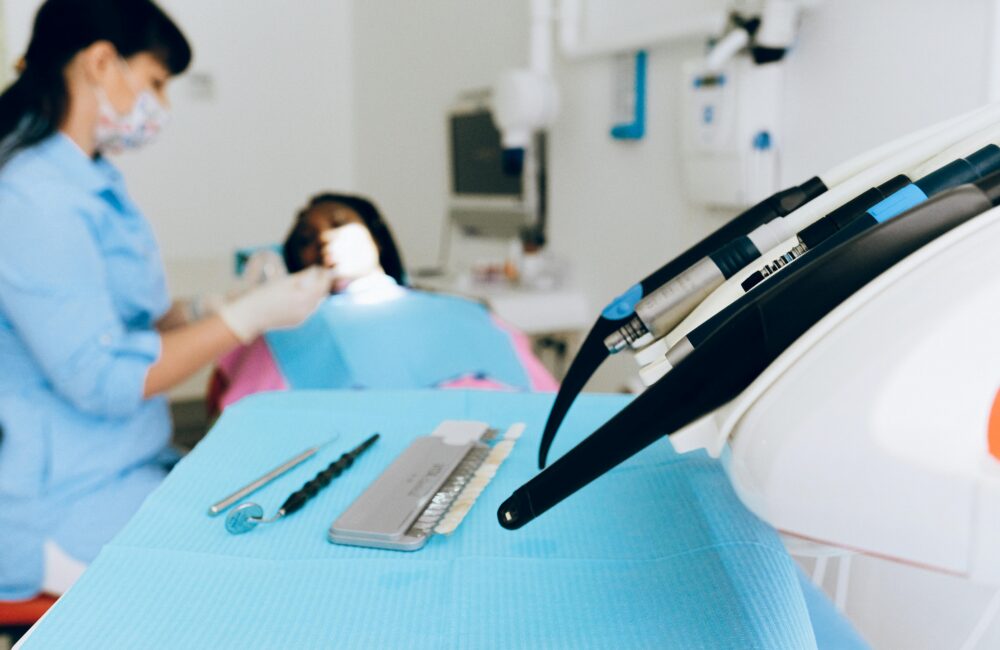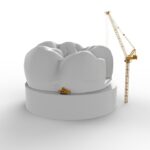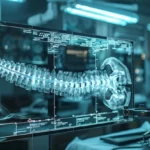Laser vs. Drill Dentistry: A Comprehensive Comparison

Modern dentistry has seen significant technological advancements, transforming how procedures are performed. Two notable methods are laser dentistry and traditional drill dentistry. Understanding the differences can help patients make informed decisions about their dental care.
What is Laser Dentistry?
Laser dentistry uses focused light beams to perform various dental procedures with high precision. The laser emits a concentrated beam of light that cuts, vaporizes, or removes tissue with minimal damage to surrounding areas. This technique is popular for its accuracy and targeted approach.
Benefits of Laser Dentistry:
- Minimized Discomfort: Many patients experience less pain compared to traditional methods and often require less anesthesia.
- Reduced Bleeding: Lasers coagulate blood vessels, leading to less bleeding during and after procedures.
- Faster Healing: Precision leads to quicker recovery times and less post-operative discomfort.
- Less Noise: Lasers are quieter than drills, benefiting patients with dental anxiety.
What is Drill Dentistry?
Traditional drill dentistry uses rotary instruments to remove decay, shape teeth, and perform various procedures. Despite its effectiveness, this method has certain limitations.
Benefits of Drill Dentistry:
- Versatility: Drills handle a wide range of procedures, including fillings, crowns, and root canals.
- Established Technology: Drills have a proven track record and are well-understood by dental professionals.
- Cost-Effective: Drills are generally less expensive than laser systems, making them more accessible for some practices.
Laser vs. Drill Dentistry: Key Differences
- Precision and Accuracy: Lasers offer higher precision, reducing damage to surrounding tissues and improving overall outcomes.
- Patient Comfort: Lasers often cause less discomfort and require less anesthesia, while drills may result in more vibration and noise.
- Recovery Time: Lasers usually promote faster healing and less post-operative pain. Drill-based procedures might require a longer recovery period.
- Cost: Laser systems can be more expensive, but they might offer long-term benefits such as fewer follow-up treatments.
Which Option is Right for You?
The choice between laser and drill dentistry depends on the patient’s needs and the procedure type. Many dental practices use both methods to provide the best care.
If you have concerns about pain, recovery, or comfort, discuss your options with your dentist. They can guide you based on your specific needs and treatment requirements.
Conclusion
Both laser and drill dentistry offer unique advantages. Advancements in technology continue to enhance dental procedures’ effectiveness and comfort. Understanding these methods helps you navigate your dental care options and choose the best approach for your needs.
For more information on dental technology and its benefits, visit udenzi.io for comprehensive guides on cosmetic dentistry and other solutions.













